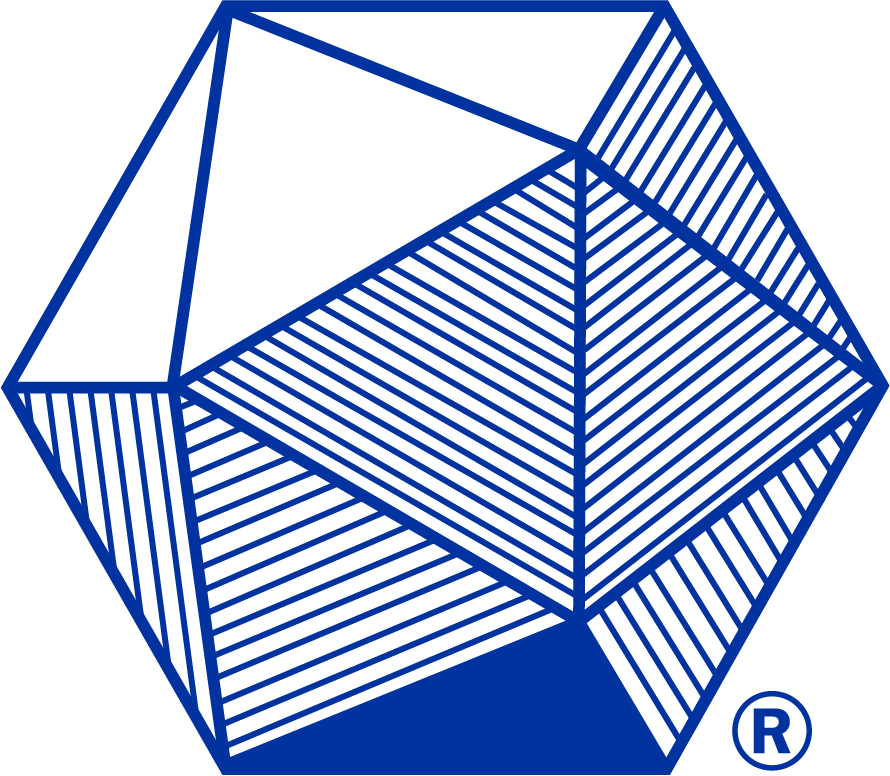Saturday – Oct 29
Location: Siena Hall 313
-
- Time:
- 1:30 pm – 1:50 pm
- Title:
- A Brief Look at Curves and the Isoperimetric Inequality
- Speaker:
- Kaitlyn Bordone (SUNY ONEONTA)
Abstract
To provide some context for our investigation of curves, we will first review a few fundamental concepts from advanced Calculus, such as vector fields and line integrals. Based on these concepts, we will then look at the Isoperimetric Inequality, seen as an application of the famous Green's theorem.
-
- Time:
- 1:30 pm – 1:50 pm
- Title:
- A Brief Look at Curves and the Isoperimetric Inequality
- Speaker:
- AnnMarie Persad (SUNY ONEONTA)
Abstract
To provide some context for our investigation of curves, we will first review a few fundamental concepts from advanced Calculus, such as vector fields and line integrals. Based on these concepts, we will then look at the Isoperimetric Inequality, seen as an application of the famous Green's theorem.
-
- Time:
- 1:55 pm – 2:15 pm
- Title:
- On the number of steps of the odd greedy algorithm
- Speaker:
- Joseph Martino (Niagara University)
Abstract
Given a rational number $x/y$ with $y$ odd, the odd greedy algorithm starts with the largest odd denominator unit fraction at most $x/y$, adds the largest odd denominator unit fraction so the sum is at most $x/y$, and continues as long as the sum is less than $x/y$. It is an open question whether this algorithm always terminates. We characterize the rational numbers for which it terminates in two steps and the rational numbers of the form $3/y$ for which it terminates in three steps.
-
- Time:
- 2:20 pm – 2:40 pm
- Title:
- Topological Implications of Simplicial Complexes
- Speaker:
- Dean Walck (Niagara University)
Abstract
Simplicial Complexes are objects commonly found in algebraic topology which have an array of applications ranging from neurodynamical theories to hypothetical models of quantum gravity. They lead to ideas like Fundamental Groups and topological invariance, which have wide applications in, among other things, developing field theories which describe the world around us. Therefore, understanding what Simplicial Complexes are, how they relate to each other topologically, and how they are used in computations can be an exciting beginning to a mathematical odyssey which can be shown succinctly in a Simplicial proof to Brouwer's Fixed Point Theorem using Sperner's Lemma.
Saturday – Oct 29
Location: Siena Hall 315
-
- Time:
- 1:30 pm – 1:50 pm
- Title:
- Some Properties of Fibonacci-Pascal Triangle
- Speaker:
- Earth Sonrod (Ithaca College)
Abstract
Pascal’s triangle is a triangular array that has 1 on the boundary and each of the remaining is the sum of the nearest two numbers in the row above. Combinatorially, each entry represents a distinct binomial coefficient that leads to several applications such as combinatorics, algebra, and probability. The Hosoya triangle is defined as a set containing products of two Fibonacci numbers $H_{m,n}=F_{m-n+1}F_{n+1}$ for all $0\leq n\leq m$. This present work introduces a new triangular array modified from the Hosoya triangle and Pascal's triangle and explores some properties, including row sum and entry expression. We also apply the results to illustrate a generalization of Pascal's triangle through a combinatorial interpretation.
-
- Time:
- 1:55 pm – 2:15 pm
- Title:
- Computational Symbolic Integration & Differentiation
- Speaker:
- Dominic Altamura (SUNY Oswego )
Abstract
As part of an honors thesis project, I am developing a computational symbolic integration and differentiation program. The program uses the Wolfram engine for simplification of given expressions, but the symbolic representation, integration, and differentiation algorithms are performed in the program and were designed by me with the goal of making the code understandable to a typical mathematics or computer science undergraduate student. In this talk, I'll be discussing how the program represents expressions and how the program integrates and differentiates those expressions.
-
- Time:
- 2:20 pm – 2:40 pm
- Title:
- Failed Positive Semidefinite Zero Forcing
- Speaker:
- Yutong Wu (Rochester Institute of Technology)
Abstract
Given a simple, undirected graph $G$, consider each vertex in $V(G)$ as either “filled†or “unfilledâ€. Let $S$ be the set of vertices that are filled. The positive semidefinite zero forcing rule is as follows: for each component $G_i$ of $G-S$, consider $G_i + A$, where $A$ is the set neighbors of the vertices in $G_i$. Apply zero forcing color change rule to $G_i + A$. That is, an unfilled vertex ð‘£ is forced to be filled if it is the only unfilled neighbor of a filled vertex. Update $S$ and repeat. The failed positive semidefinite zero forcing number, denoted by $F^+(G)$, is the maximum size of a set of filled vertices that fails to fill all vertices of $G$ while applying the positive semidefinite zero forcing rule. We will discuss the parameter $F^+(G)$ for different types of graphs, including the Cartesian products of two graphs, the characterization of graphs with large and small $F^+(G)$.

